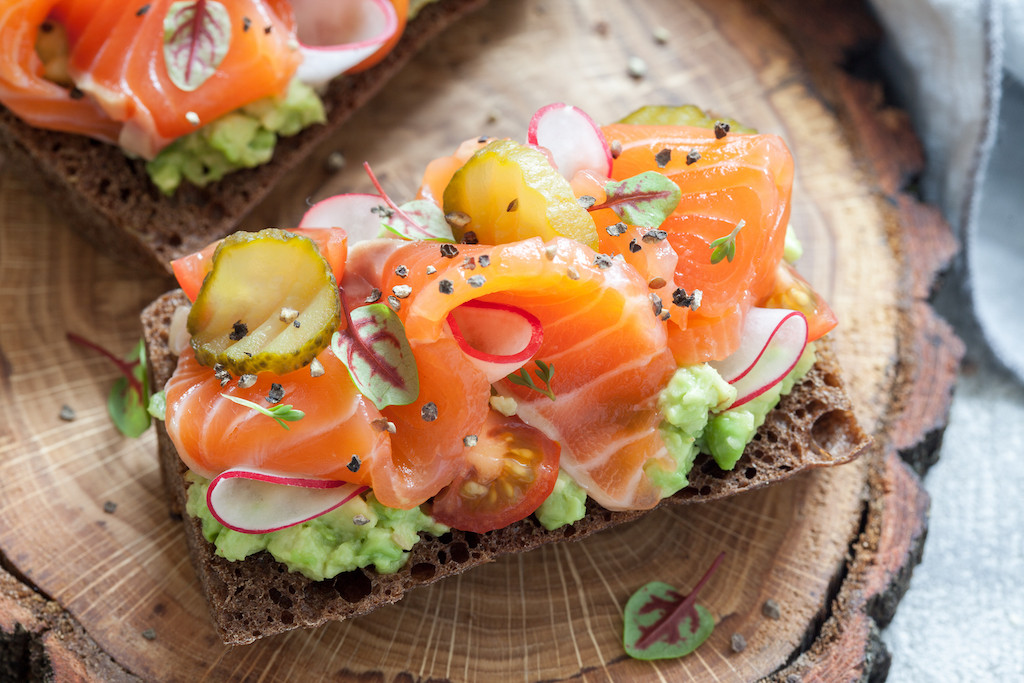Introduction: Exploring Street Food in Denmark
Denmark may not be the first country that comes to mind when thinking of street food, but it has a vibrant scene that is worth exploring. From traditional Danish dishes to international cuisine, street food markets in Denmark offer a variety of tasty options for all foodies.
In this article, we will take a closer look at the history of street food in Denmark and explore some of the best street food markets and areas in the country. Whether you are a local or a tourist, these food markets are definitely worth a visit.
A History of Street Food in Denmark
Street food has been a part of Danish culture for centuries. In the past, street vendors would sell traditional Danish dishes, such as hot dogs and smørrebrød (open-faced sandwiches), in the streets of Copenhagen. However, street food was not always a popular option, as hygiene and safety concerns led to a ban on street food in the 1960s.
It wasn’t until the early 2000s that street food made a comeback in Denmark. Food trucks and pop-up stalls began to appear in Copenhagen, offering a range of international cuisine. Today, street food markets have become an integral part of Danish food culture, with markets attracting locals and tourists alike.
Discovering the Best Street Food Markets in Denmark
If you’re looking for the best street food in Denmark, it’s worth checking out some of the country’s popular markets.
The Delicious Diversity of Aarhus Street Food Market
Located in Denmark’s second-largest city, Aarhus Street Food Market is a must-visit destination for foodies. The market offers a diverse range of food options, from traditional Danish dishes to international cuisine. Some of the must-try stalls include the Korean-inspired Bibimbap House, the vegetarian-friendly Green Food Market, and the delicious desserts of Kagedysten.
Copenhagen’s Trendy and Tasty Reffen Street Food
Situated in the industrial area of Refshaleøen, Reffen Street Food is one of Copenhagen’s trendiest food markets. With over 50 food stalls, visitors can indulge in a range of tasty options, from Mexican street food to burgers and fries. Visitors can also enjoy a drink at the on-site bar and enjoy views of the harbor.
The Mouthwatering Flavors of Copenhagen’s Paper Island
Paper Island, also known as Papirøen, was once home to a paper storage facility. Today, it’s a popular street food market that offers a range of international cuisine. Some of the must-try stalls include the Japanese-inspired ramen bowls at Slurp, the Mexican tacos at Hija de Sanchez, and the Middle Eastern-inspired dishes at Palæo.
The Eclectic Vibes of Copenhagen’s Kødbyens Mad & Marked
Located in the vibrant meatpacking district of Vesterbro, Kødbyens Mad & Marked is a popular food market that offers an eclectic mix of food options. Visitors can enjoy everything from artisanal cheeses and charcuterie to Thai street food and grilled sandwiches. The market is also a great place to grab a drink with friends and take in the lively atmosphere.
Other Notable Street Food Markets and Areas in Denmark
In addition to the above markets, there are many other notable street food markets and areas in Denmark. Some of these include Copenhagen’s Torvehallerne Market, which offers a range of fresh produce, meats, and cheeses, and Aalborg Street Food, which is housed in a former bus terminal and offers a range of international cuisine.
Overall, street food markets in Denmark offer a unique and delicious way to experience the country’s vibrant food culture. Whether you’re a local or a tourist, be sure to check out some of the best street food markets in Denmark.

